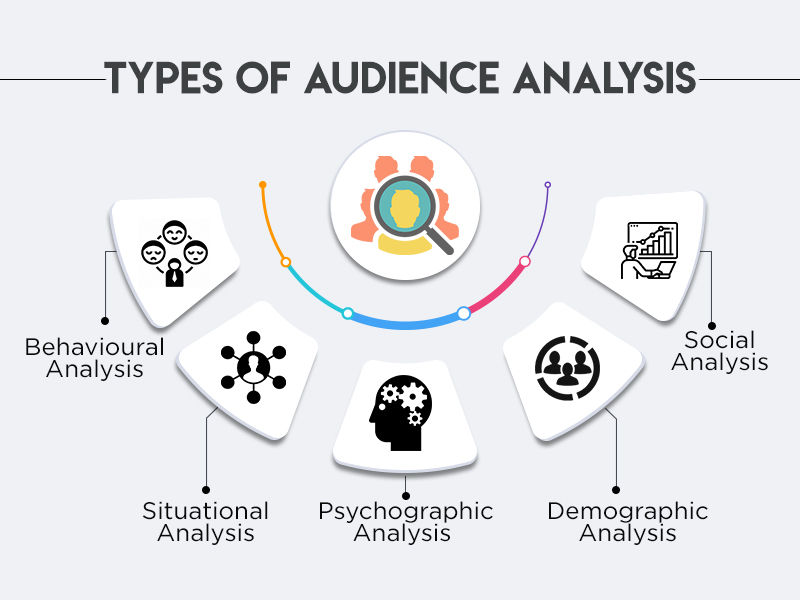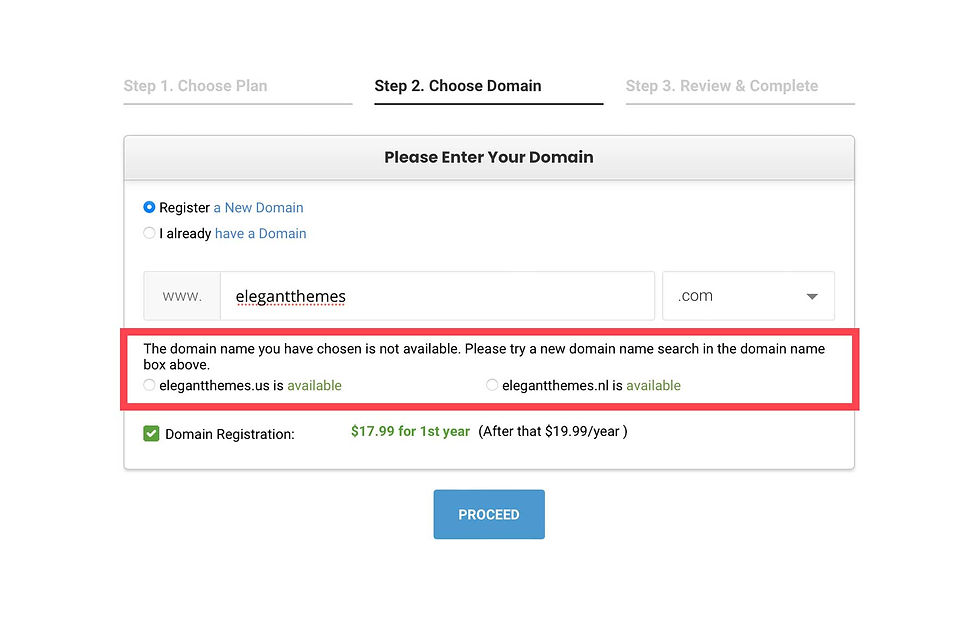Creating a website from scratch might seem like a daunting task, but with a structured approach, it can be a straightforward and manageable process. Whether you're a business looking to establish an online presence or an individual with a personal project, understanding the key steps involved in website design is crucial. This guide will walk you through each step in detail, ensuring you have a clear roadmap to follow.
Define the Purpose and Objectives of Your Website
The first step in website design is to clearly define the purpose and objectives of your site. This involves identifying what you want your website to achieve, whether it's to sell products, provide information, or offer services. Determine your primary goals, such as generating leads, increasing brand awareness, or facilitating customer engagement. Understanding these objectives will help shape your website's structure and content. For example, a web design agency in Hong Kong may focus on showcasing its portfolio and services, whereas an e-commerce site will prioritize a seamless shopping experience.
Conduct Audience Research and Analysis
Next, conduct thorough audience research and analysis. Understanding your target audience is essential for tailoring your website's design and content to meet their needs and preferences. Analyze demographics, interests, and online behaviors to gain insights into what appeals to your audience. Use tools like Google Analytics and surveys to gather data. This research will inform design decisions, such as layout, color schemes, and content types, ensuring that your site effectively engages and serves your target users.

Plan Your Website Structure and Layout
Planning your website structure and layout is a crucial step in the web development process. Begin by outlining the main sections and pages your website will need, such as Home, About Us, Services, and Contact. Create a site map that organizes these pages logically, ensuring that users can easily navigate through the site. A well-structured layout not only improves user experience but also enhances SEO, making it easier for search engines to index and rank your content.

Select a Domain Name and Register It
Choosing and registering a domain name is an important part of establishing your website's online identity. Your domain name should be memorable, relevant to your business or project, and easy to spell. Once you've decided on a name, register it through a reputable domain registrar. Ensure that the domain reflects your website design goals and aligns with your brand. For example, if you're a web design services provider, incorporating keywords related to your services in the domain can improve search visibility.

Choose a Web Hosting Service
Selecting a reliable web hosting service is essential for ensuring your website's performance and availability. There are various hosting options available, including shared hosting, VPS hosting, and dedicated servers. Evaluate hosting providers based on factors like uptime guarantees, customer support, scalability, and security features. Choose a plan that matches your website's needs and budget. Reliable hosting is crucial for maintaining a professional online presence and providing a smooth user experience.

Install a Content Management System (CMS)
A Content Management System (CMS) simplifies the process of creating and managing website content. Choose a CMS that aligns with your technical skills and website requirements. Popular options include WordPress, Joomla, and Drupal. Install the CMS on your hosting account and configure basic settings. A CMS allows you to easily update content, manage media, and customize your site's design without extensive coding knowledge. For many businesses, using a CMS can streamline the web development process and facilitate ongoing website management.
Design Your Website Layout and Visual Elements
Designing your website layout and visual elements is a critical component of website design. Start by selecting a template or theme that fits your brand and objectives. Customize the layout to reflect your brand's identity, incorporating elements such as color schemes, fonts, and logos. Ensure that your design is aesthetically pleasing and aligns with your audience's preferences. High-quality visuals, consistent branding, and a user-friendly layout are essential for creating a professional and engaging website.
Develop and Organize Website Content
Creating and organizing content is key to delivering value to your website visitors. Develop high-quality, relevant content for each page, including text, images, and videos. Ensure that your content is well-written, engaging, and optimized for SEO. Use headings and subheadings to structure your content, making it easy for users to read and navigate. Proper organization and content management will enhance the user experience and support your website's objectives.
Implement Effective Navigation and User Experience
Implementing effective navigation is crucial for enhancing user experience on your website. Design a clear and intuitive navigation menu that allows users to easily find important pages and information. Ensure that navigation elements are prominently displayed and accessible from all pages. A well-organized menu and intuitive layout improve user satisfaction and encourage visitors to explore more of your site. Prioritize user experience to create a seamless and enjoyable browsing experience.
Optimize Your Website for Mobile Devices
With the increasing use of mobile devices, optimizing your website for mobile is essential. Ensure that your site is responsive and adapts to different screen sizes and resolutions. Test your website on various devices to verify that it functions properly and maintains visual integrity. Mobile optimization not only improves user experience but also impacts your website's SEO, as search engines prioritize mobile-friendly sites in their rankings.
Apply SEO Best Practices for Improved Visibility
Applying SEO best practices is crucial for enhancing your website's visibility and ranking in search engine results. Integrate relevant keywords into your content, meta tags, and headings to improve search engine optimization. Optimize images with descriptive alt text and ensure that your site loads quickly. Implementing on-page SEO techniques, such as using proper heading tags and creating internal links, will help search engines better understand and rank your content. Effective SEO is vital for attracting organic traffic and achieving your website's goals.
Test Your Website Thoroughly
Before launching your website, conduct thorough testing to ensure everything functions correctly. Perform functional testing to check that all links, forms, and interactive elements work as intended. Test compatibility across different browsers and devices to ensure consistent performance. Assess site performance, including loading speed and responsiveness. Identifying and addressing issues during the testing phase will help deliver a polished and professional website.
Launch Your Website and Promote It Effectively
The final step is to launch your website and promote it to your target audience. Prepare for the launch by reviewing all content and functionality. Once live, implement a marketing strategy to drive traffic to your site. Utilize social media, email marketing, and other channels to promote your website and engage with your audience. Regular updates and ongoing promotions are essential for maintaining visibility and achieving long-term success.
Conclusion
Creating a website from scratch is a multifaceted process that requires careful planning, design, and execution. By following these 13 essential steps, you can ensure that your website is not only visually appealing but also functional, user-friendly, and optimized for search engines. From defining your website's purpose to launching and promoting it effectively, each step plays a crucial role in achieving your online goals.
For businesses and individuals looking to navigate the complexities of website design and web development, seeking support from a website design agency in Hong Kong or utilizing web design services can provide valuable expertise and resources. By leveraging these professional services, you can enhance your website's quality and effectiveness, ensuring a strong online presence and achieving your digital goals.
Comments